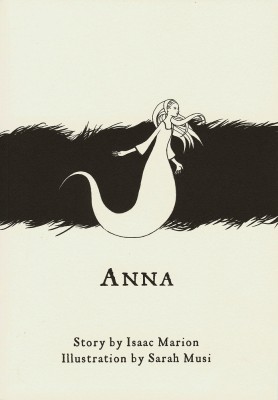Date read: 12.24.08
Book from: Personal Collection
Reviewer: Kakaner
Summary
(Copied from the back of the book). The year, 2000; the place, Central Park’s 100-story Pleasure Palace, built expressly for the “pleasure of the ruling class.” Shortly before the opening ceremony a radiumite explosion kills everyone in the world … except for the eleven people already inside the Pleasure Palace. Most of the eleven survivors are wealthy and can’t imagine living in a world without servants or luxuries: “No more quail in aspic, no more theatre parties, no more tailors,” they moan in unison. As the group battles to exist in a chaotic world without rules or structure or money, three of the survivors, led by Billy Kingdom, the poor yet resourceful outsider, go off to build a new utopian society, the Co-operative Commonwealth, on the banks of the Pocantico Hills of the Hudson River, north of new York City.
The Millennium was first written as a four-act drama in 1907, after the collapse of Sinclair’s own “Co-operative Commonwealth” in New Jersey. Its production on Broadway was delayed over and over until all copies of the play were lost. In 1924 Sinclair rewrote the story in novel form.
Review
Well, pretty much all you need to know is actually on that back cover summary– it tells you exactly what you’re getting yourself into. Overall, The Millenium was exactly how it sounds– a funny, informative, quirky, and insightful read. It is painfully clear from the dialogue (dramatic, very exclamatory), static settings, and narrative that the work was meant to be a drama and the style is rather enjoyable as long as you are expecting it.
The Millenium is a humorous dose of… everything that goes wrong with every form of government. Basically, after the explosion, the survivors cycle through all sorts of governments including Socialism, Communism, Captialism, Feudalism, and plain Survivalism. It was incredibly funny to see each form of government build itself up around one ridiculous product (nutrient pills, which in this futuristic society were the only form of sustenance) and the workings of the “economy”. You also get to see these intense, miniature forms of government comprised of 2-6 people clash against each other and watch one muscle its way to victory.
There really is not much in terms of character or setting development– the characters were very apparently only tools for Sinclair to use. And, well, the moral of the story was that governments suck and utopias rule. But what else can you expect from Sinclair?
Go to:
Upton Sinclair
